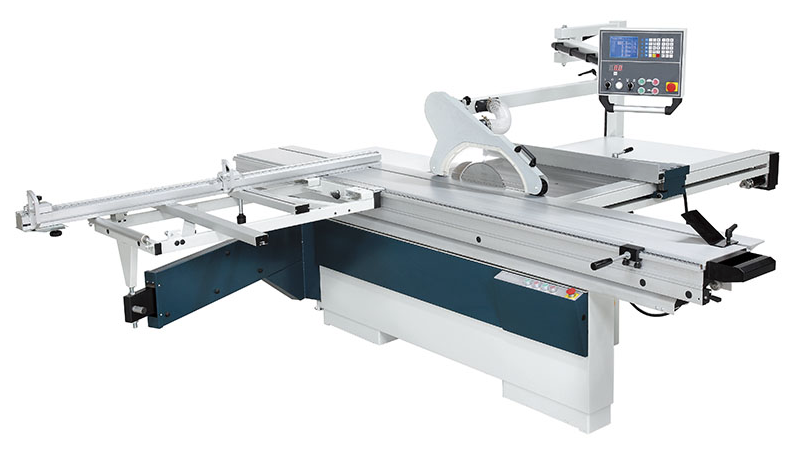

A panel saw is an essential tool in woodworking, designed specifically for cutting large sheet materials like plywood, MDF, melamine, and plastic. It ensures precise, straight cuts and is widely used in industries such as cabinetry, furniture making, and sign manufacturing. Panel saws come in two main types: vertical and horizontal, each with its advantages depending on workspace size and production needs.
Vertical panel saws hold the material upright, making them a space-saving option for workshops with limited floor space. They operate in two ways:
Horizontal panel saws feature a sliding feed table that pushes the material through the blade. These machines are ideal for high-volume manufacturing, as they offer faster and more automated cutting. Table saws without a sliding feed table can also cut sheet goods but require manual feeding.
The sliding panel saw was invented in 1906 by Wilhelm Altendorf in Germany, revolutionising the woodworking industry. Before its invention, traditional table saws required manual feeding, leading to inefficiencies and inaccuracies. The sliding table mechanism allowed for smoother, more precise cuts, setting a new standard in woodworking machinery.
When selecting a panel saw, consider the following factors: